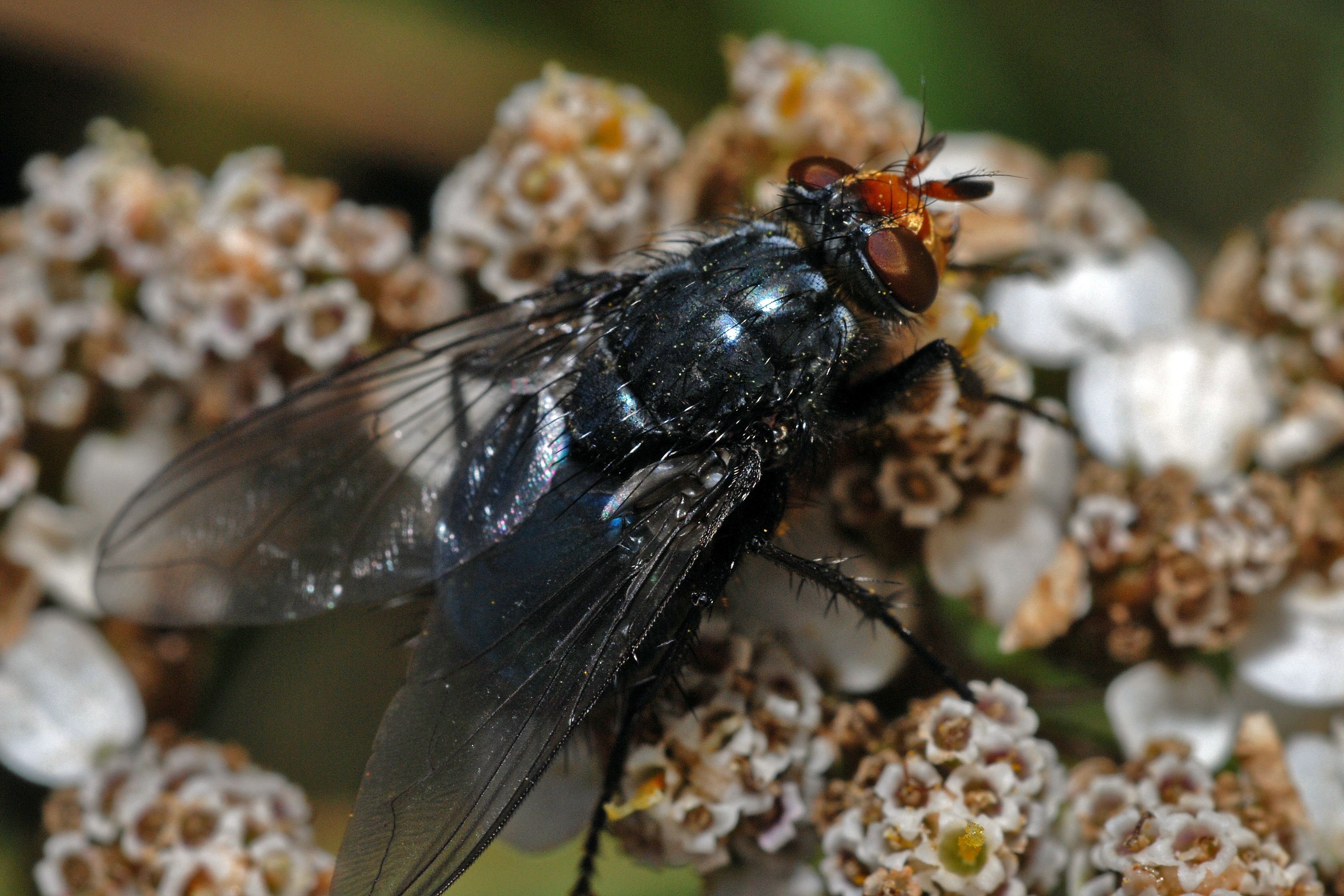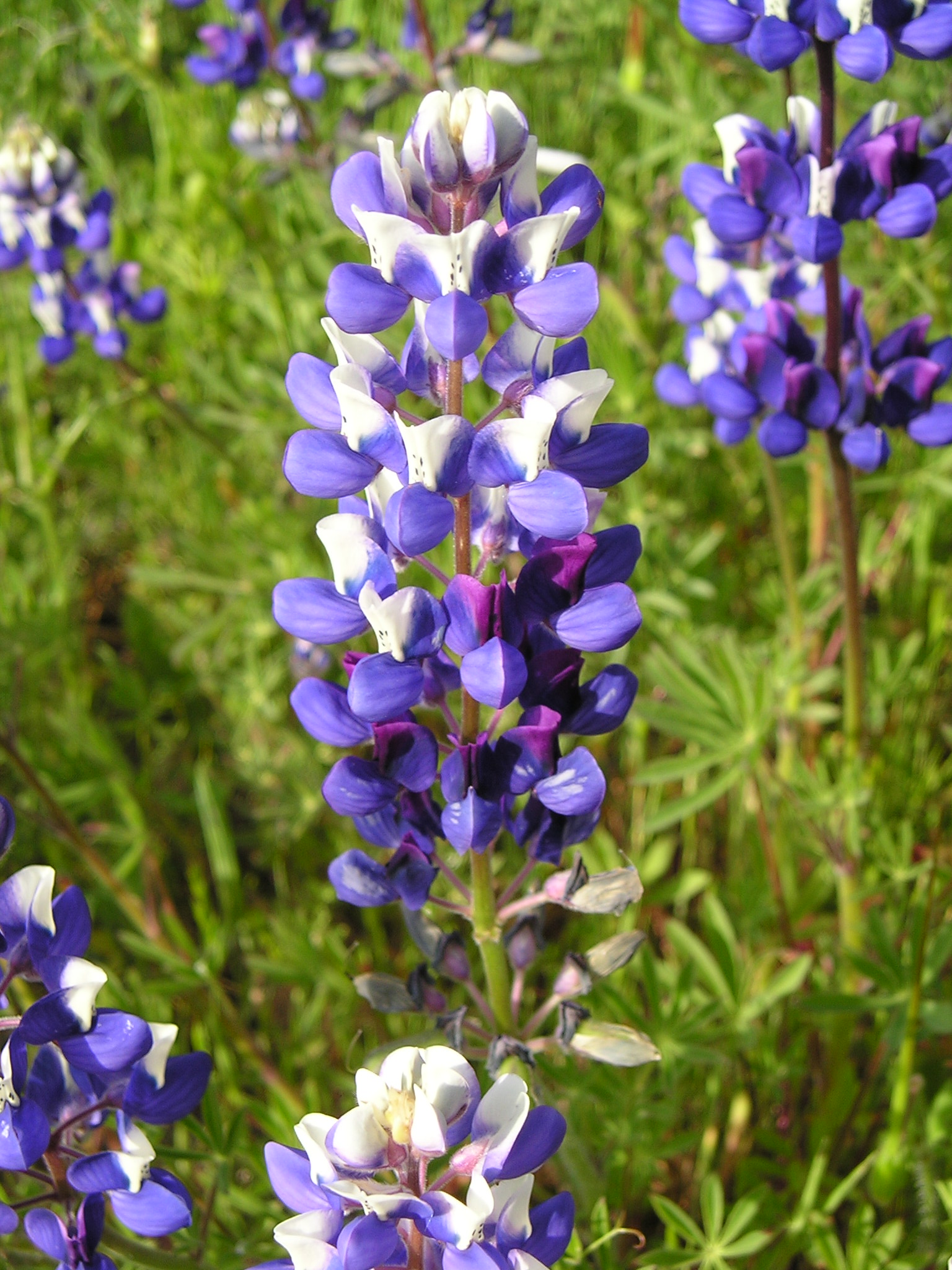Interactions
Sarcophaga crassipalpis do not
associate with many other species besides the other members of
the order Diptera, such as the
Calliphora vicina, or the milkweed bug (Oncopeltus
fasciatus) (GOTO 2009), an insect with a similar
photoperiodic clock. Also, whether or not it is also
found to happen often naturally, there have been interactions
studied between Sarcophaga crassipalpis and Nasonia
vitripennis, an ectoparasitic wasp (Rinehart 2002).
Carrion-mimicking flowers are also part of the select few
species S. crassipalpis interacts with; however, it is
only certain types of mimicry that they respond to, as not all
species are attracted to the same stimulus (van der Niet et. al.
2011). These mimicking flowers rely on flesh flies to pollinate
them with other flowers that mimic the same type of flesh flies
creating a specific outcrossing of genes (van der Niet et. al.
2011).
S. crassipalpis, S. argyrostoma, and
B. peregrina all exhibit a photoperiodic response in the larval
period, thus making them more likely to interact in their adult
stages of life (GOTO 2009).
Globally, the most important carrion insects include members of the Dipteran families Calliphoridae and Sarcophagidae (van der Niet et. al. 2011). These species are universally observed to coexist, but in slightly different niches; niche differentiation between these flies occurs along temporal axes such as seasonal variation in carrion abundance, as well as due to specialization according to carrion size, carrion type and carrion successional stage (van der Niet et. al. 2011).
The S.
crassipalpis finds its food from decaying organic matter (Bănziger
2004). The most common organic matter consumed by
this species is from flowers, feces and cadavers
(Bănziger 2004).

On the food web, Sarcophaga crassipalpis is located with decomposers on the food web because it consumed decomposing materials and helps to break down the materials while collecting the nutrients from the decaying organism (Pape 2013).
As far as known by scientists, the S. crassipalpis does not serve as a host to any other species, and humans do not use them except to study them for their reproductive cycles (Wessels et al. 2011), and they have no known effect on humans.
Next, learn some interesting Facts about S. crassipalpis, or return to the Home page.